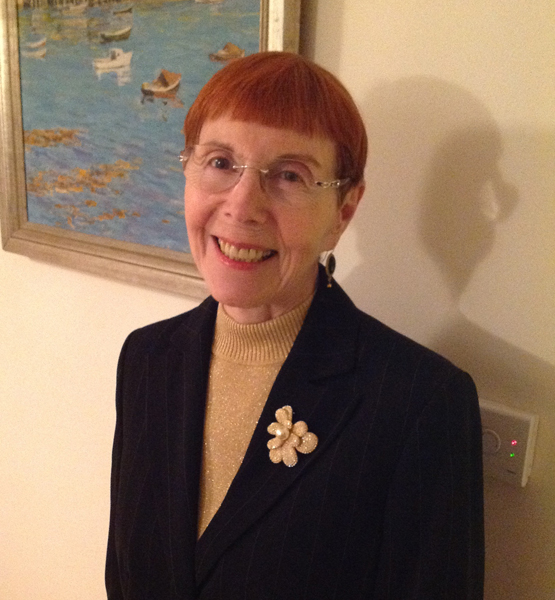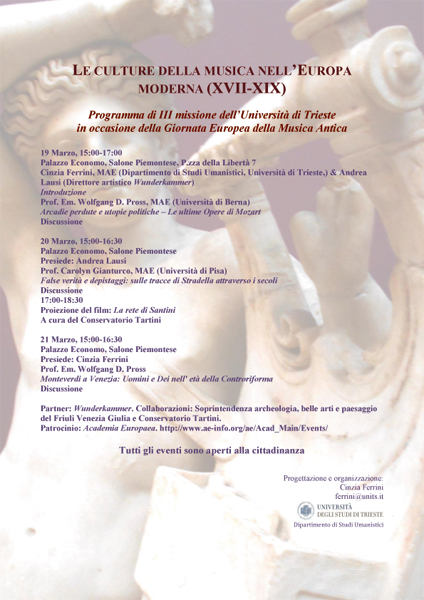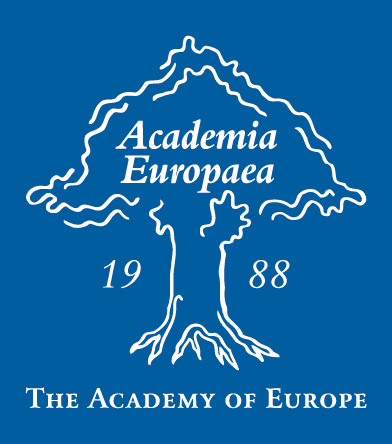Le culture della musica nell’Europa moderna (XVII-XIX)
[The cultures of music in modern Europe (XVII-XIX)]#
To celebrate the European Day of Early Music (REMA) (21 March) (https://earlymusicday.eu )#
)#
Venue: The Soprintendenza head office, Palazzo Economo, Piazza della Libertà 7, Trieste: Salone Piemontese.
Date: March 19-21 2018
A series of three presentations by Carolyn Gianturco (MAE, Section: Musicology and history of art and architecture) and Wolfgang Pross (MAE, Section: Literary and theatrical studies).
This programme of three presentations is to be financed entirely by the University of Trieste, though it relies upon the Social Science & Humanities (SSH) cluster of the Academia Europaea (AE). This programme represents an attempt to sponsor a joint venture between the AE pan-European academic network and the organizing members’ local university institution. This programme features the competences and importance of the multi-disciplinary cluster of the Humanities (SSH) by further supporting the somewhat under-represented research field of musicology. Finally, this programme advances a new strategy for integrating the form and content of knowledge, overtly for public benefit, aiming to enhance and to advance our common cultural patrimony as a public, social good, including such events as operas, concerts or recitals.
This series of presentations highlights unnoticed or undervalued political, religious, historical, scientific, geographical, and philosophical aspects of the production and transmission of specific works of ‘early music’, from Renaissance to Enlightenment. This series aims to enhance the general public’s awareness by conveying socially contextualized knowledge and understanding of the significance of specific features of particular musical works. These add to what is commonly appreciated in free and intimate enjoyment of listening, or in acculturated appreciation of the symmetry and architectonic regularity of musical compositions and their performances.
Subject matter#
The under-appreciated features of works highlighted in this series of presentations include: the Counter-reformation background of Monteverdi’s il ritorno di Ulisse and l’incoronazione di Poppea, which show surprising interweavings of mythology, theology and politics in the relations between human beings and gods; the reconstruction of the legend of Stradella’s life and death for love; the conflict between passions and reason in the mesmeric experiment of Mozart’s Così fan tutte; the trinity Reason, Nature, Truth on the gates of the Temple of the Enlighteneds’ in Mozart’s the Magic Flute, combined with the colonial, geographical and exotic evocations of Papageno; the abbot and composer Fortunato Santini, who corresponded across Europe, creating a network to collect and preserve manuscripts of early music, thus saving, e.g., compositions by Palestrina, Carissimi, Scarlatti Händel from time’s distruction.
Programme#
W.D. Pross, Arcadie perdute e utopie politiche – Le ultime Opere di Mozart
(‘Lost arcadies and political utopias: Mozart’s last operas’.)
19.03, 15:00-17:00
C. Gianturco, False verità e depistaggi: sulle tracce di Stradella attraverso i secoli
(“Fake news and sidetracking: hunting for traces of Stradella through the centuries”)
20.03 15.00-17:00
W.D. Pross, Monteverdi a Venezia: Uomini e Dei nell' età della Controriforma
(‘Monteverdi in Venice: Humans and Gods in the Counter-reformation Era’.)
21.03, 15:00-17:00
All the presentations will be held in Italian.
Download the programme .
.
Venue: The Soprintendenza head office, Palazzo Economo, Piazza della Libertà 7, Trieste: Salone Piemontese.#
Palazzo Economo’s project and construction was made in 1891 by architect Giovanni Scalamini on merchant Giovanni Economo’s request, when, after been elevated to baron of San Serff, wanted to confirm his social pre-eminence by building a palace that would indicate the acquired prestige. The palace is located in an isolated position in Piazza Libertà, giving it a representative position.
Economo’s residence has the typical features of merchant buildings of Trieste: the palace is located near the Rive with stocks at the principal floor, while offices are situated at the first one and the residential floor is at piano nobile. Bought in 1974 to be destined to the Soprintendenza head offices, noticeably damaged and ruined, was successively restored and adequate services and functions have been added.
Contact#
Cinzia Ferrini
Prof. Aggregato Storia della Filosofia Moderna e Contemporanea
Dipartimento di Studi Umanistici
Università di Trieste
Androna Campo Marzio 10
34165 - Trieste
ferrini@units.it
HOW TO GET THERE#
BY CAR: Take the highway A4 Venezia-Trieste (exit Trieste-Lisert). From here through the highway E40 to Villa Opicina, or take the main road SS 14 (Duino-Trieste), then drive along the coast until the end of Viale Miramare.
BY TRAIN: Soprintendenza head offices are situated in front of the train station, next to the buses terminals. You will get the offices by foot in a few minutes.
BY PLANE: Airport Ronchi dei Legionari (Trieste) http://www.aeroporto.fvg.it
BY BUS: Urban buses n. 1, 3, 6, 8, 17, 19, 20, 21, 22, 23, 24, 30, 39, 40, 41, 42, 51 stop right outside the train station, not far away from Palazzo Economo. Urban buses n. 6, 36 connect Palazzo Economo to Miramare Castle, from the stop at the start of Viale Miramare. You have to get off at the stop on Viale near the research centre and the Grignano terminus. To turn back make the inverse path.
BY PULLMAN: Connections with main Italian and European destinations and Adriatic coast’s tourist locations.
http://www.autostazionetrieste.it
http://www.saf.ud.it
Organizer: Cinzia Ferrini (MAE, Section: Philosophy, theology and religious studies/Department of Humanities, University of Trieste).
Partner: Wunderkammer Early Music festival, artistic director Andrea Lausi. (Wunderkammer is a member of the REMA network.) (http://www.wunderkammer.trieste.it
 )
)
Collaborators: Academia Europaea, the Soprintendenza archeologica di Trieste, and the Conservatorio Tartini.






